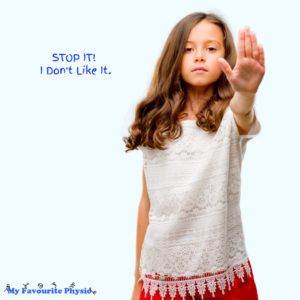25 Aug Is your child coming home sad from school? Is she saying that no one is playing with her at recess is Your child crying each day refusing to go to school

Is your child coming home sad from school? Is she saying that no one is playing with her at recess ![]() is Your child crying each day refusing to go to school
is Your child crying each day refusing to go to school ![]()
Studies have shown that bullying, at any age, is linked with worse mental and physical health, more depressive symptoms ![]() and a lower sense of self-worth. Long-term bullying has a severe impact on a child’s overall health, and the negative effects can accumulate and get worse with time. Students who reported chronic bullying also experienced more difficulties with physical activities like walking, running or playing sports. Adults who were bullied as children were more likely to be in poorer physical and psychological health and have worse cognitive functioning than people who had not been bullied.
and a lower sense of self-worth. Long-term bullying has a severe impact on a child’s overall health, and the negative effects can accumulate and get worse with time. Students who reported chronic bullying also experienced more difficulties with physical activities like walking, running or playing sports. Adults who were bullied as children were more likely to be in poorer physical and psychological health and have worse cognitive functioning than people who had not been bullied.![]()
Therefore, stopping bullying early and continuously intervening is crucial!![]()
Here are 3 Skills to empower your child to disempower bullies.
1. Stay Connected
Bullies operate by making their victims feel alone and powerless. Children reclaim their power when they make and maintain connections with faithful friends and supportive adults.![]()
2. Re-define “Dibber Dobber”
Bullies use relational aggression to inflict their violence in subtle, socially acceptable ways that tend not to register on an adult’s radar. Teach your child that it is her job to create awareness. Be clear in teaching kids that telling an adult about bullying is not ![]() being a “dibber dobber” but rather a bold, powerful move. It is only by telling an adult that your child can begin to re-balance the power dynamic.
being a “dibber dobber” but rather a bold, powerful move. It is only by telling an adult that your child can begin to re-balance the power dynamic.
3. Act Quickly and Respond Assertively
The longer a bully has power over a victim, the stronger the hold becomes. Teach your child that taking action against the bully (and taking it sooner rather than later), is the best way to gain and retain power. Assertive kids use simple, unemotional, direct language to let bullies know that they do not intend to be victimised. Teach your child to maintain eye contact, keep an even and calm voice, stand an appropriate distance from the bully and use the bully’s name when speaking to him. For example: “Jay, Stop teasing me. It is mean and I don’t like it.”![]()
